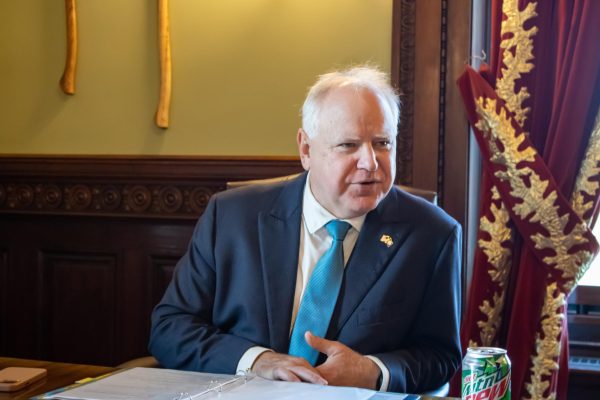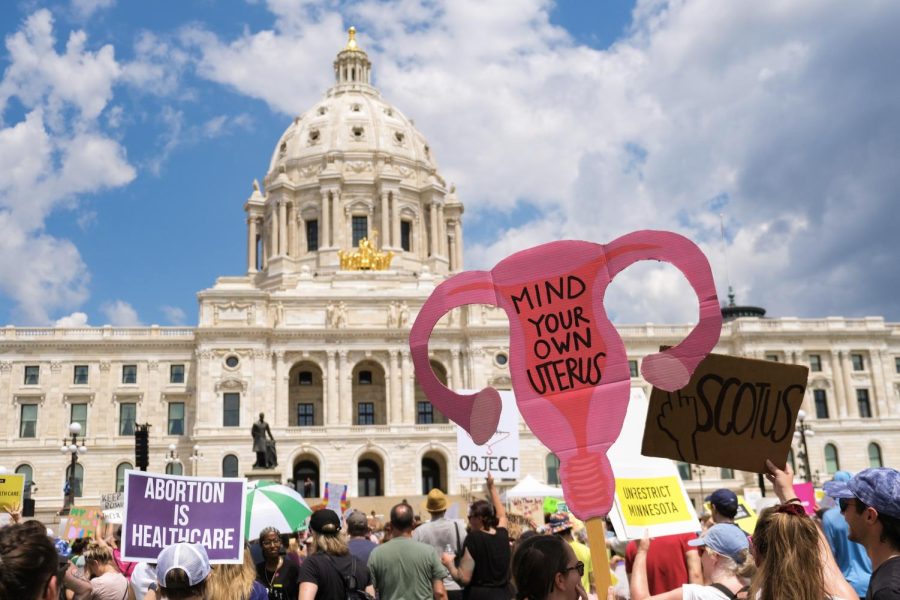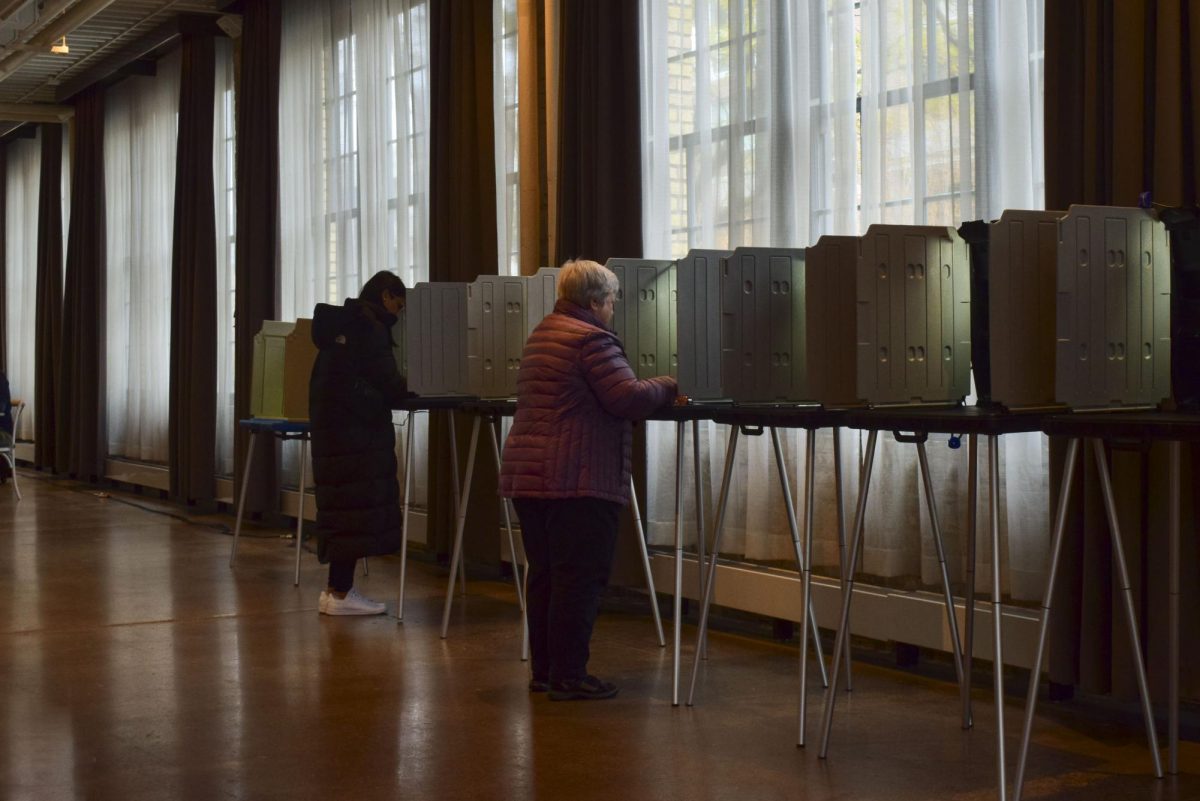Of the 3,340 full-time and 760 part-time faculty members in the University of Minnesota system, 104 went on sabbatical and 83 went on semester leave from 2009-10.
But with looming budget problems crippling public universities across the country, lawmakers are looking at cutting sabbaticals as a way to balance the books.
Louisiana Gov. Bobby Jindal cut the stateâÄôs higher education budget in November, explicitly including sabbaticals.
In November, Jindal told reporters it will âÄúforce professors to actually spend more time in the classrooms teaching and interacting
with students.âÄù
Since 2008, the University of Iowa cut its number of sabbaticals in half and their newly Republican-controlled legislature is proposing to cancel them altogether for a year. Truman State University in Missouri has already done this for the next fiscal year, according to the Associated Press.
âÄúDo we compare notes and are we aware of whatâÄôs going on in other states? Of course,âÄù Minnesota Sen. Charles Wiger, DFL-Maplewood, said. âÄúBut, I think if we were to chip away at sabbaticals, it would be foolish.âÄù
Wiger serves on the Higher Education Committee and is the outgoing deputy chairman of the Education Committee in the Senate.
âÄúI view sabbaticals as very beneficial and itâÄôs in our stateâÄôs best interest to have highly qualified faculty,âÄù he said.
At the University of Minnesota, tenured faculty apply for sabbatical or semester leave after seven years of teaching.
âÄúSabbaticals allow for faculty to be renewed and explore new areas,âÄù Vice Provost of Student and Academic Affairs Arlene Carney said. âÄúItâÄôs an intense period of time to focus and produce something extraordinary.âÄù
Sabbaticals grant half-pay and full benefits, while semester leave allows both full pay and benefits.
The number of faculty members determines the number of leaves allotted to each college. Four percent of all faculty within the University system can be on some sort of leave at one time.
âÄúOccasionally, colleges donâÄôt fill the quota theyâÄôre given, so if another college asks if itâÄôs possible to grant them another one âÄî and we havenâÄôt reached that 4 percent âÄî then I allow them to have it,âÄù Carney said. âÄúFirst we want to make sure itâÄôs fair across all the faculty population.âÄù She said this number has been consistent for about 10 years.
Carney said tangible results of sabbaticals and semester leaves include writing books, developing new courses, furthering research and collaborating with colleagues from around the world.
The College of Biological Sciences has about four faculty members currently on leave.
âÄúTypically we want them to develop new courses or really change existing ones,âÄù CBS Associate Dean Robin Wright said. âÄúThatâÄôs always been the case.âÄù
More CBS faculty opt to stay on campus, take a semester off from their regular teaching duties and develop new courses and curriculum.
Regardless, some lawmakers view sabbaticals primarily as paid vacations during a time of furloughs and lay-offs.
âÄúWhy should the taxpayers âĦ be paying to basically give these folks a year off from teaching?âÄù Iowa House Speaker-designate Kraig Paulsen said at a November press conference.
Carney said opinions like this are a âÄúlack of understanding. Sabbaticals are certainly not vacations and we make sure of that.âÄù
âÄúThese things really come back to helping the teaching of our students,âÄù she said. âÄúFaculty becomes inspired and full of new ideas that can be directly passed on.âÄù
Wiger said that intervening and suggesting sabbaticals be cut has never been brought up in either committee he serves on, but âÄúnothing is off the table when we have a $6.2-billion deficit.âÄù
âÄúI would not be surprised if it did come up,âÄù Carney said. âÄúBut I think we have a very strong case as to why this helps the University move forward.âÄù
Sabbaticals under fire at public universities
Politicians have floated ending paid sabbaticals to ease budget woes.
by Adam Daniels
Published December 9, 2010
0
More to Discover







